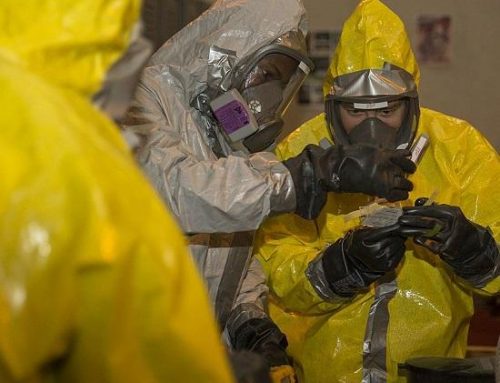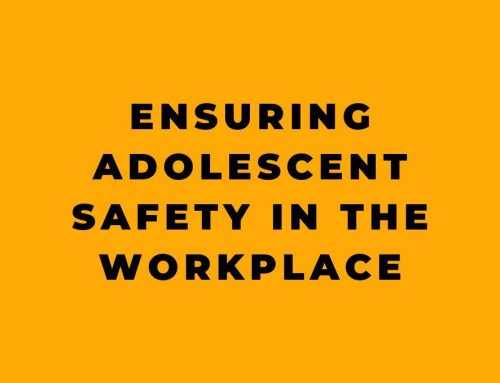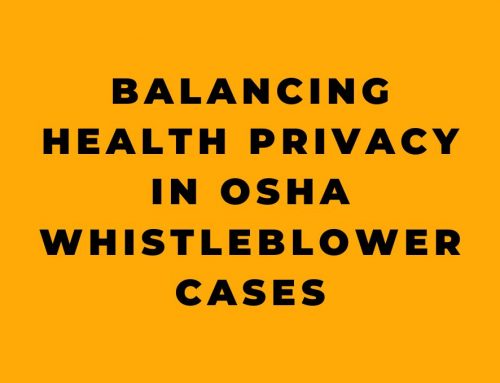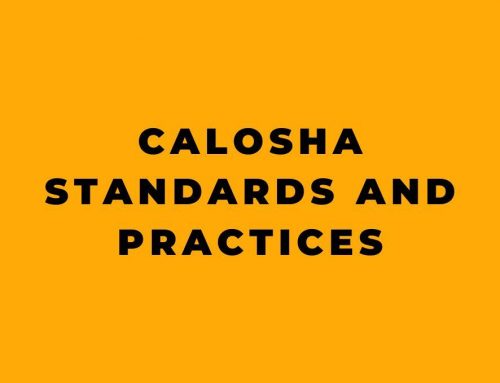OSHA is the federal agency responsible for protecting and the health and safety of workers on the job. The mission of this organization is to save lives, prevent injuries and protect the health of America’s workers. In pursuit of this goal federal and state governments coordinate with each other and with approximately 100 million working men and women and approximately 6 million employers that must adhere to the Occupational Safety and Health Act of 1970. There are four categories of violations: willful, serious, repeated, and other-than-serious. It’s important to note that while OSHA is responsible for the safety of the workforce, it is not responsible for the general population.
The four categories of violations are defined below.
Willful violations: willful violations are those committed with what is known as an “intentional” disregard, or plain indifference to, OSHA regulations.
Serious violations: serious violations involve activities on the job where there may exist a substantial probability of death or serious physical harm. These violations result in citations because they are actions that the employer knew, or should have known, involved hazards that should have been protected against.
Repeated: A Federal agency may be cited for a repeated violation if the agency has been cited previously for the same or a substantially similar condition and, for a serious violation, OSHA’s regionwide inspection history for the agency lists a previous OSHA Notice issued within the past five years; or, for an other-than-serious violation, the establishment being inspected received a previous OSHA Notice issued within the past five years.
Other-than-serious: A violation that has a direct relationship to job safety and health, but is not serious in nature, is classified as “other-than-serious.”










